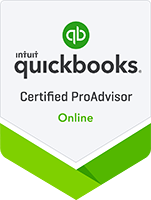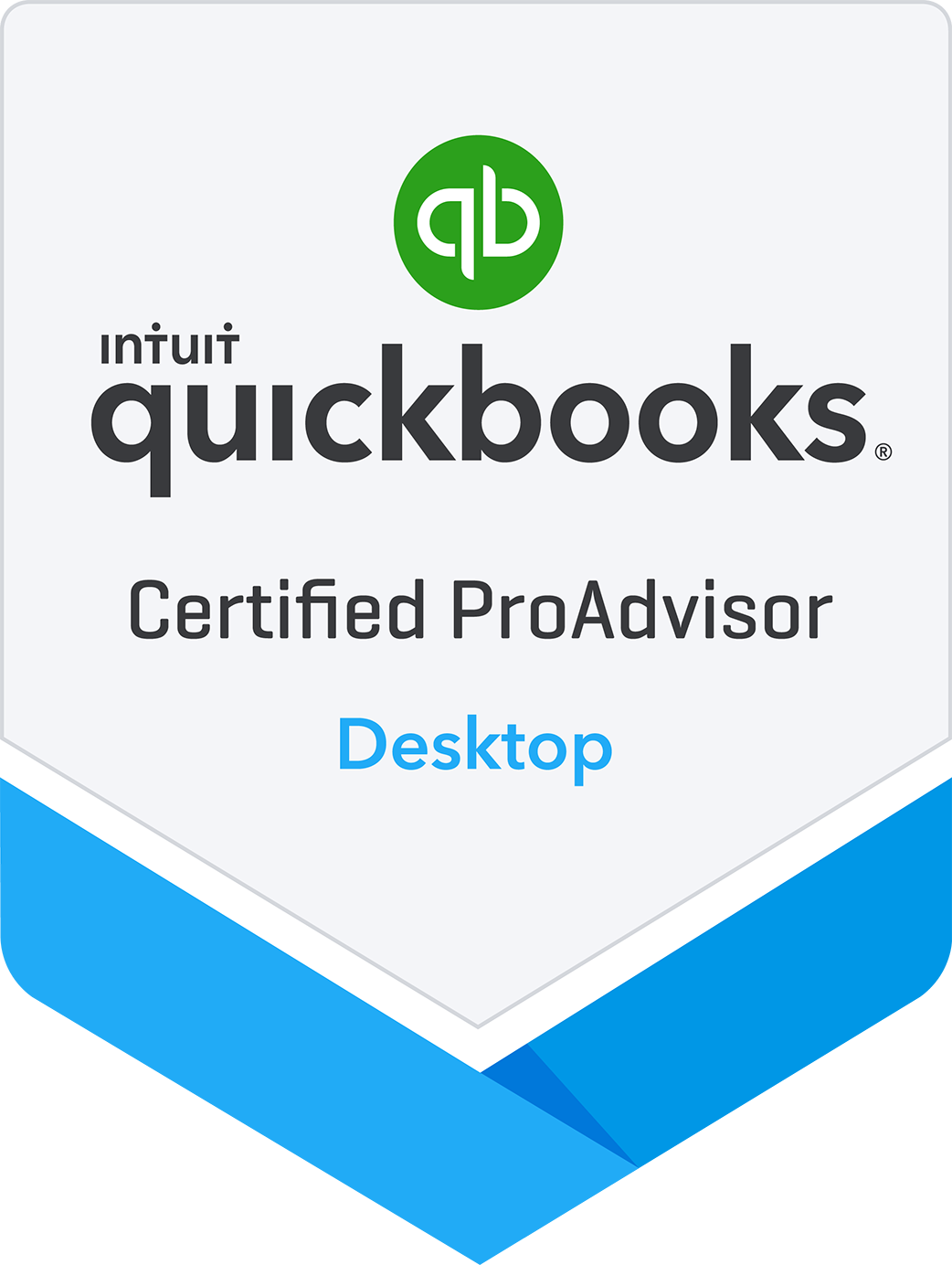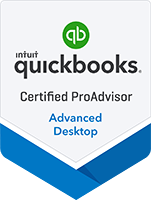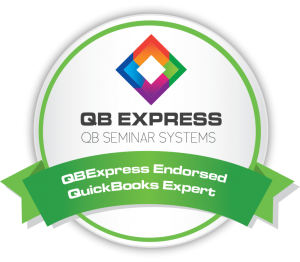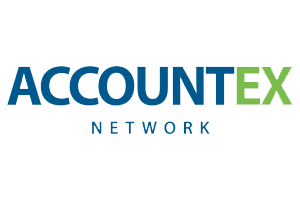Five Tips to Get Ready for a Pain-Free Tax Time
With the holiday season over, it’s a perfect time to get your financial records in order. Here are five quick tips for you to feel more prepared about your financial status as you come into the new year.
Avoid Penalties
This time of year is a bit late, but it’s still a good idea to double-check your tax payments to make sure enough has been paid in, and even more important, to avoid overpaying so your money is not tied up unnecessarily. If you’re not sure of your 2014 tax liability, check with your tax preparer.
Balanced Books
Rather than wait until the busiest time of year for accountants and bookkeepers, you can get a head start now on catching up your books. You’ll have more of their attention and you may even avoid a rate increase if you get your books done early. Completed bank reconciliations are a very important part of catching up.
Forms
It’s a little late to get your orders in for the forms you need now like your W-2s, W-3s, 1099s, and 1096s. So pick them up now (or hope your accountant or bookkeeper has some on hand), that way your forms will be onsite when you’re ready.
Records
Information that’s missing at the last minute can take up extra time and be costly. It’s a great idea to do an audit throughout the year of W-9s to grab missing addresses and tax ID numbers of your contractors. Also do a scrub of your employee payroll records so that your W-2s will be complete and accurate.
New Tax Changes
Be sure to check with your advisors on new laws affecting individuals and businesses for 2015. One of the biggest ones making news is avoiding the fine involved regarding the new health care requirements for individuals. And there are many more you’ll want to get up to speed on so that you’ll know how they affect your situation.
We know it’s a little late to be talking about taxes, but we’re also all about saving you money and time. The sooner you get the information into your tax preparer, the better. Try these five tips so you’ll have better peace of mind and be more prepared for tax time.

